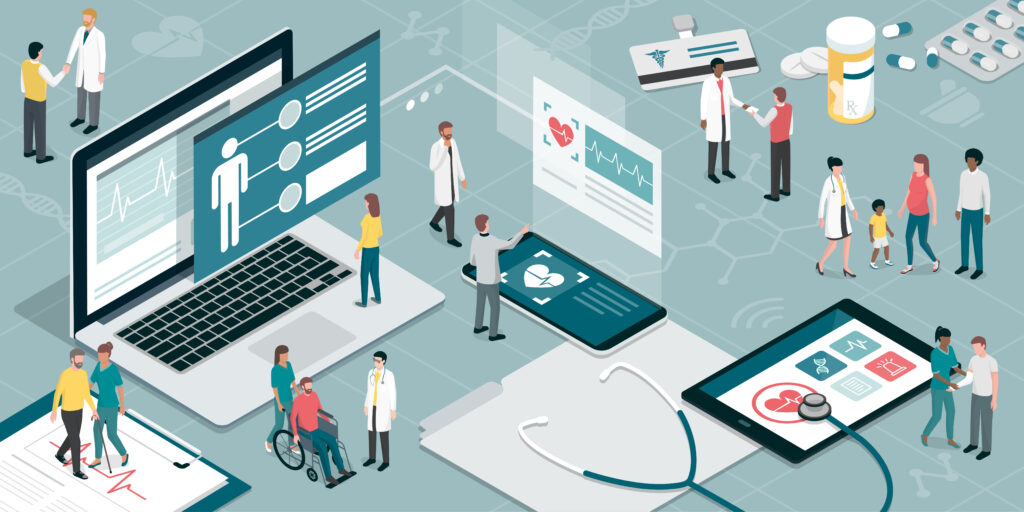Clinician-centric innovation takes center stage at ViVE and HIMSS
Healthcare organizations are looking for new ways to harness technology to support caregivers and deliver convenience.

Events such as ViVE and HIMSS provide opportunities for industry stakeholders to converge, exchange ideas and promote innovation. Over the years, these conferences have become a central hub where key players from diverse backgrounds come together with a shared purpose – to drive advancements in healthcare delivery.
Some of my favorite conversations and takeaways from this year’s events centered on the idea that technology plays a pivotal role in driving clinical efficiency. New technology has the potential to bridge the gap between disparate systems, helping providers to streamline processes, facilitate data sharing, and drive more effective and timely care.
From Los Angeles to Orlando and back to Pittsburgh, the last week of February and early weeks of March proved to be full of great insights. Here were my three top takeaways.
Takeaway No. 1: Nurses don’t have time to go to the bathroom
One of the most meaningful sessions I attended was the “Nurses @ ViVE Insights Program” that took place on the opening Sunday of ViVE. As the chief nursing informatics officer and executive director of enterprise clinical informatics of one hospital said, “Nurses are busy, and few of them have time to go the bathroom, much less experiment with technology that many vendors tout as ‘useable.’ ”
Technology companies need to improve partnerships with clinical teams to ensure the technology requires minimal training and offers nurses more autonomy in their day. Whether incorporating virtual sitting into the application, reducing kinks in the interoperability flow within the EMR, or eliminating time spent on nonclinical tasks like refilling water or adjusting the temperature in the room, a hospital’s tech stack must meet today’s clinicians where they are.
As one speaker eloquently stated, “We need to focus on rewriting the narrative for what the nurse can do.” I agree wholeheartedly!
Takeaway No. 2: Virtual nursing Isn’t a copout
While the concept of virtual nursing isn’t new, the application in the healthcare setting has gained momentum in the last couple of years. A record 100,000 registered nurses exited the U.S. workforce during the pandemic, and if estimations are correct, an additional 900,000 workers could be gone by 2027. Words like “used up” (56.4 percent), “emotionally drained” (50.8 percent), “fatigued” (49.7 percent) and “burned out” (45.1 percent) describe nurse attitudes several times a week or every day. So how can virtual nursing help to mitigate these feelings?
At HIMSS, the team at OhioHealth had an answer — virtual nursing. All 66 patient “smart rooms” complete with telehealth capabilities at the system’s new Pickerington Methodist Hospital provide essential benefits for patients:
As a result, the virtual care options are helping the OhioHealth care team:
Bottom line — if you’re concerned about cutting corners to implement virtual nursing at your organization, consider advice from the team at OhioHealth. Virtual nursing could be the missing link between an enhanced patient and clinician experience.
Takeaway No. 3: Patients aren’t the only ones seeking convenience
According to Ginny Torno, executive director of innovation and IT clinical, ancillary and research systems at Houston Methodist, “Patients and consumers want convenience. And clinicians want it, too.” During her presentation, she referenced popular services like Amazon, Instacart, and Airbnb — particularly, their approach to making every step of the customer experience as streamlined and convenient as possible. Thanks to smart room technology, some of the key characteristics of those popular, consumer-centric services will be central to the smart hospital rooms at the Houston Methodist West location. These include:
Jeff Fallon is CEO of Vibe Health by eVideon.